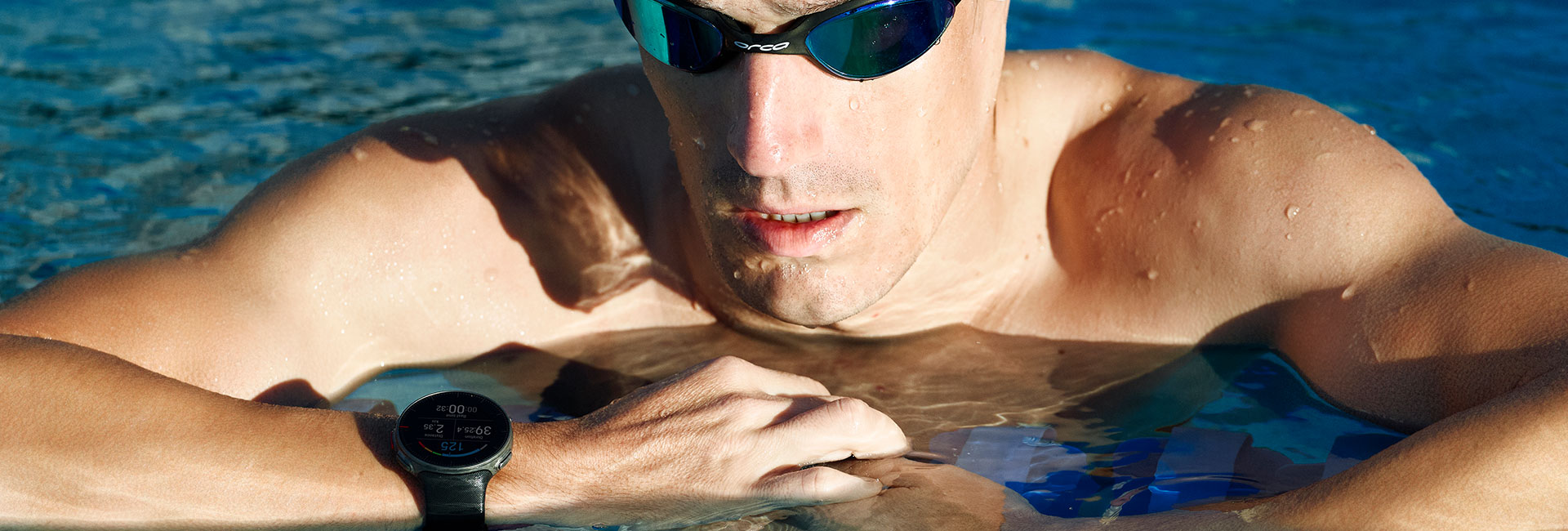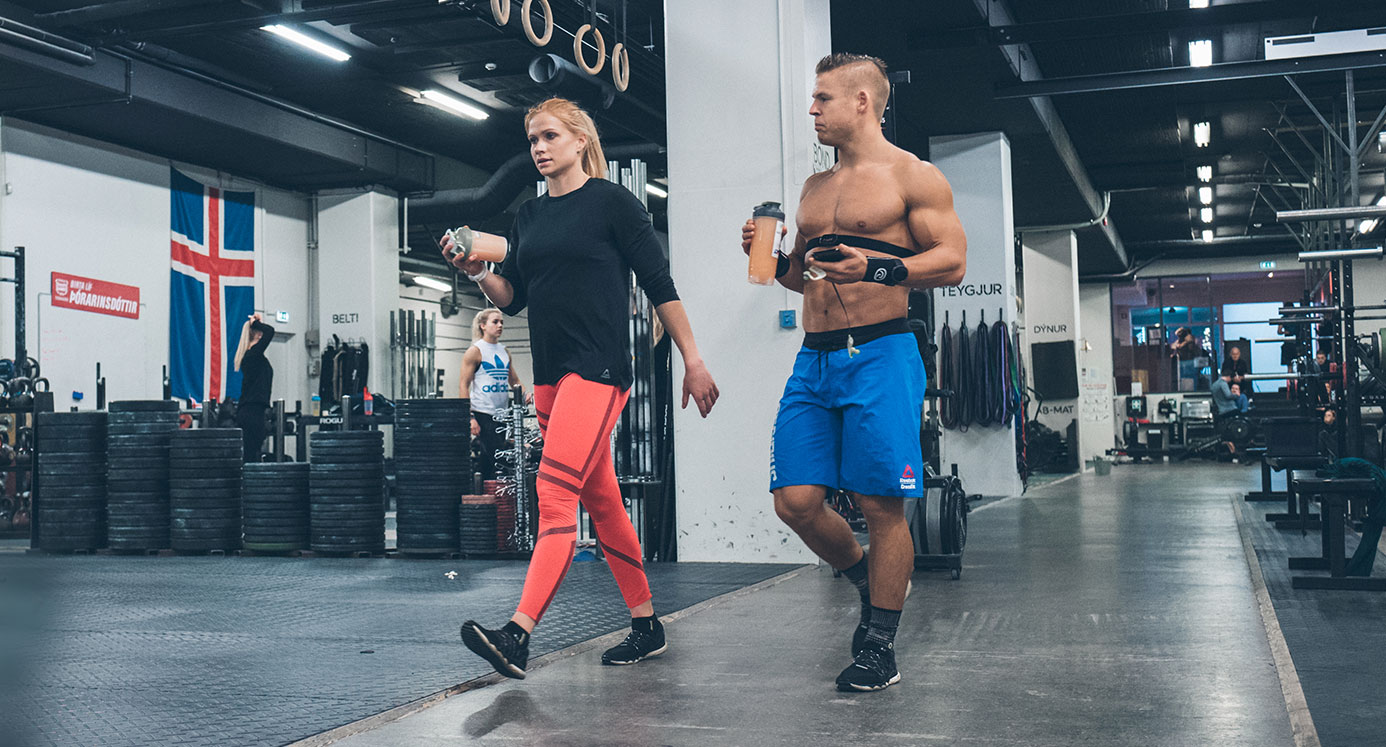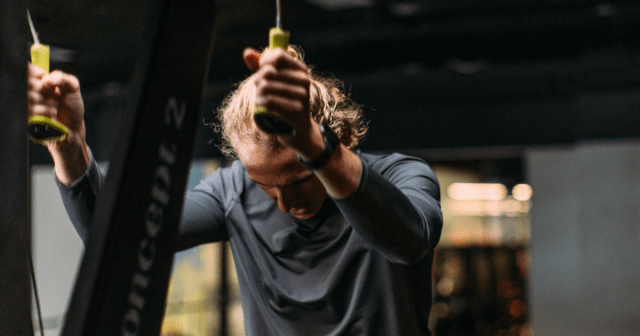Over-exercising can damage your body and eventually put your workouts to a full stop. Whether it’s your competitive drive or just your love for your sport of choice, it’s not uncommon to want to work out more than you’re able to. We’re not talking about family responsibilities or job commitments getting in the way here — by “can’t” we’re referring to physical limitations caused by over-exercising.
Maybe you’ve noticed a dip in workout effectiveness after a certain number of training hours, or you’ve noticed you get injured more than usual in a high-volume training block.
Not being able to work out as often as you might like can be a frustrating experience. Trust us, we get it (we can’t get enough either), but sometimes, less is more, especially when it comes to how often you should work out.
So what should you do when you feel like you should work out more often, but you can’t?
We caught up with Obi Obadike — the personal trainer for Hollywood’s biggest stars, a published author and fitness and coaching guru — to discuss how to avoid over-exercising and strike a symbiotic relationship between motivation and results. His energetic, positive outlook paired with his realistic mindset is contagious, and his results are irrefutable.
Slow Your Roll
Fitness isn’t a Point A to Point B journey — your training plan needs to be sustainable long-term.
As we mentioned, fitness doesn’t succumb to the “more is more” mindset.
At a certain point, a high-volume training regimen won’t yield the results you’re used to seeing, and this can sometimes cause an athlete to push even harder. Not only is this detrimental to overall fitness, it can lead to debilitating injuries if not reeled back in.
Even if you’re not a pro – or even a wanna-be pro – athlete, you may be so enthusiastic about working out that you end up over-exercising without even realizing it – until it’s too late.
“If you want to avoid over-exercising and hit your fitness goals, you need to rest or your performance will suffer,” says Obadike. “You can’t expect to drive a Porsche seven days a week at 100 MPH — at some point in time, something will happen mechanically with that car.”
“The same thing will happen with a high performance athlete who’s working every day, always wanting to do more with no rest. When you are a high-performance athlete, it’s hard to give your body a break because you always think you need to do more.”
Strike a Balance
Finding the right balance between workout frequency, intensity and duration has been a point of contention for athletes for ages. The problem is that fitness is a moving target, and your progress as an athlete is never linear, which makes it hard to pinpoint what’s best.
The most effective way to find the right balance is to step back and be honest with yourself:
- What are your goals?
- What type of athlete are you (or want to become)?
From here you can determine how to structure your workouts optimally to avoid over-exercising and still get to where you want to be.
“Your respective fitness and athletic goals will always dictate your workout frequency, intensity and duration,” says Obadike.
“If your goal is to be a high endurance athlete, then your workout frequency and intensity will be lower but with higher reps and longer duration.”
“If your goal is to be a high twitch sprinter/athlete, then your workout frequency and intensity will be higher, but since it’s difficult to sustain this intensity, the duration won’t be more than 40 minutes.”
Be Motivated, But Be Smart
Having the “I want to work out” bug is crucial for athletes looking to perform at their best, but it’s a double-edged sword.
It can be hard to sustain levels of motivation that are too high, especially as injuries flare up or dips in performance occur. Shift your mindset to remember that rest days ultimately allow you to work out more, and are an opportunity to manifest gains.
“I tell [my athletes] that resting and recovery is just as important as working out for someone who is a super active athlete,” says Obadike. “I also tell them that if they’re overtraining, they can possibly gain an injury or have some serious fatigue issues. You need to rest if you want to perform well and maximize your potential.”
Staying Active
You don’t need to see your heart rate hit 180 bpm or train to failure to satisfy your need to stay active. Most forms of active recovery will allow you to burn off some steam on rest days without fatiguing yourself for your next workout.
Obadike has a few suggestions next time you feel the urge to work out when you shouldn’t.
“A slow 1.5K walk, going grocery shopping and carrying each grocery out of the car to the inside of your house are good options. Also, try to not sit on the couch for more than an hour — just getting up and walking around several times inside your house or apartment can make a big difference.”
If you liked this post, don’t forget to share so that others can find it, too.
Or give it a thumbs up!
I like this article
Please note that the information provided in the Polar Blog articles cannot replace individual advice from health professionals. Please consult your physician before starting a new fitness program.





